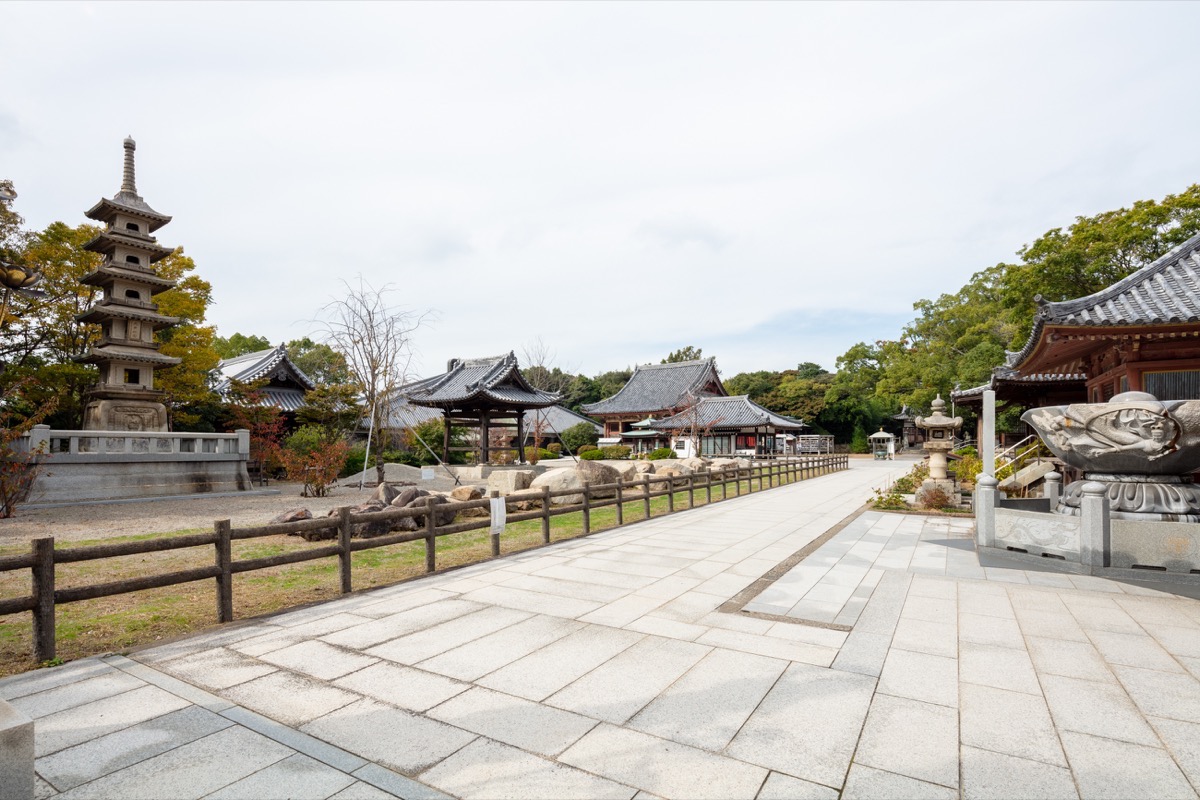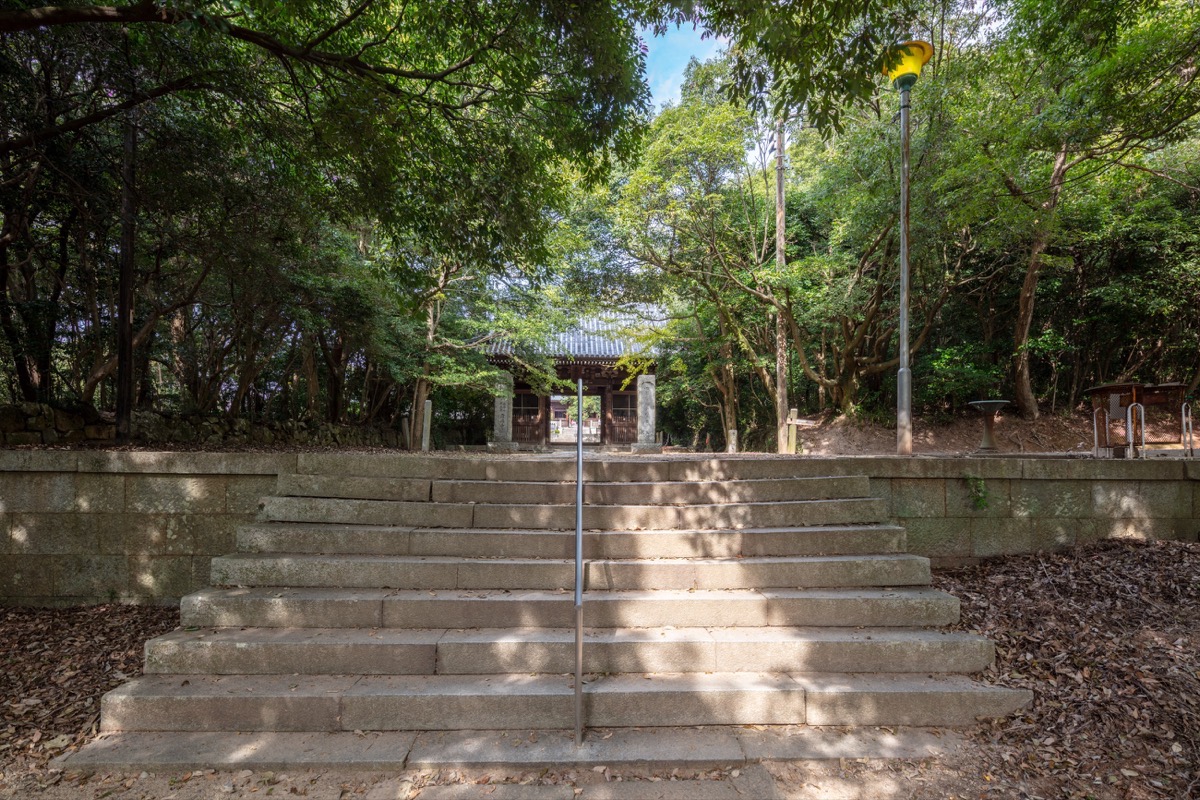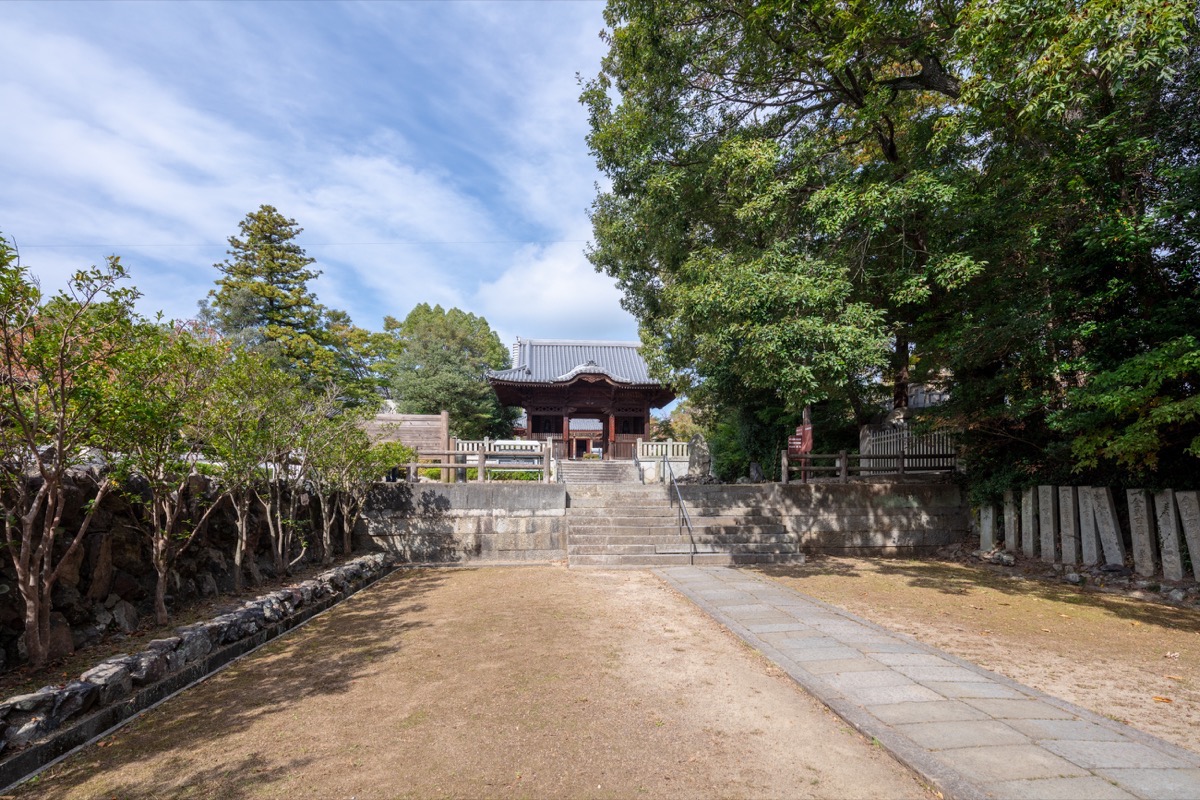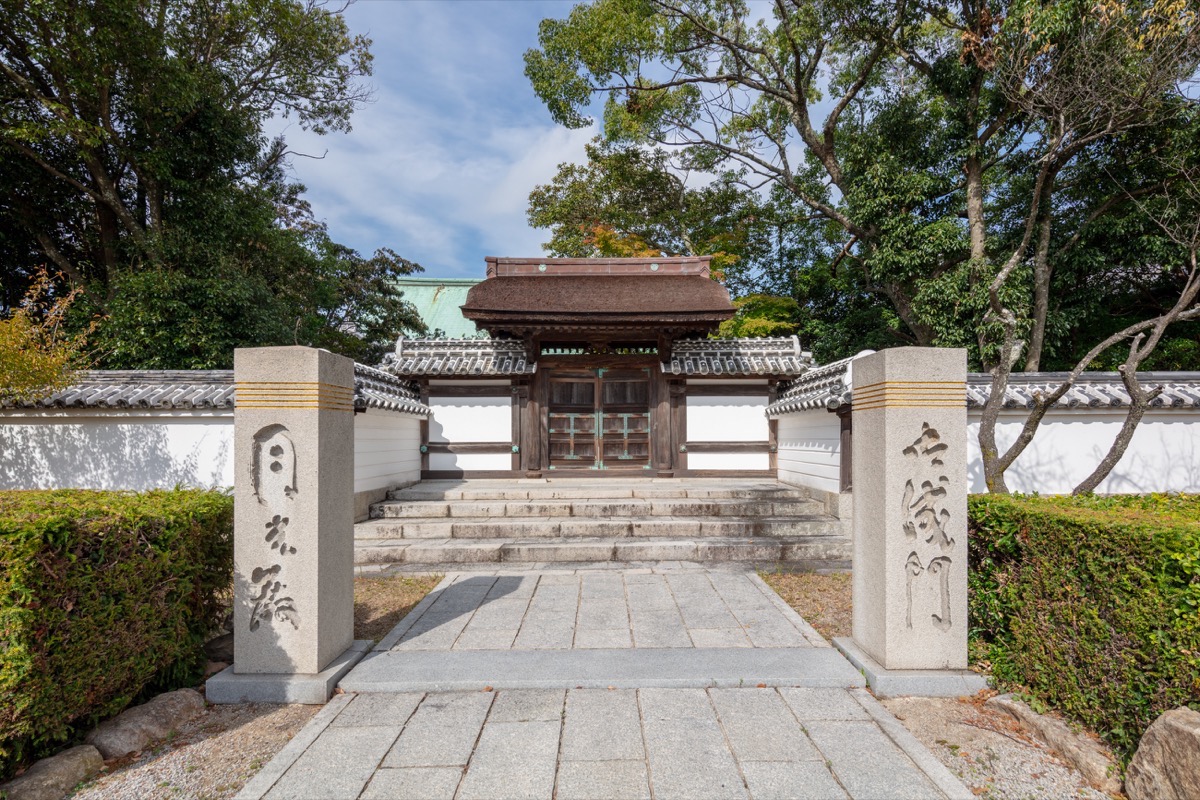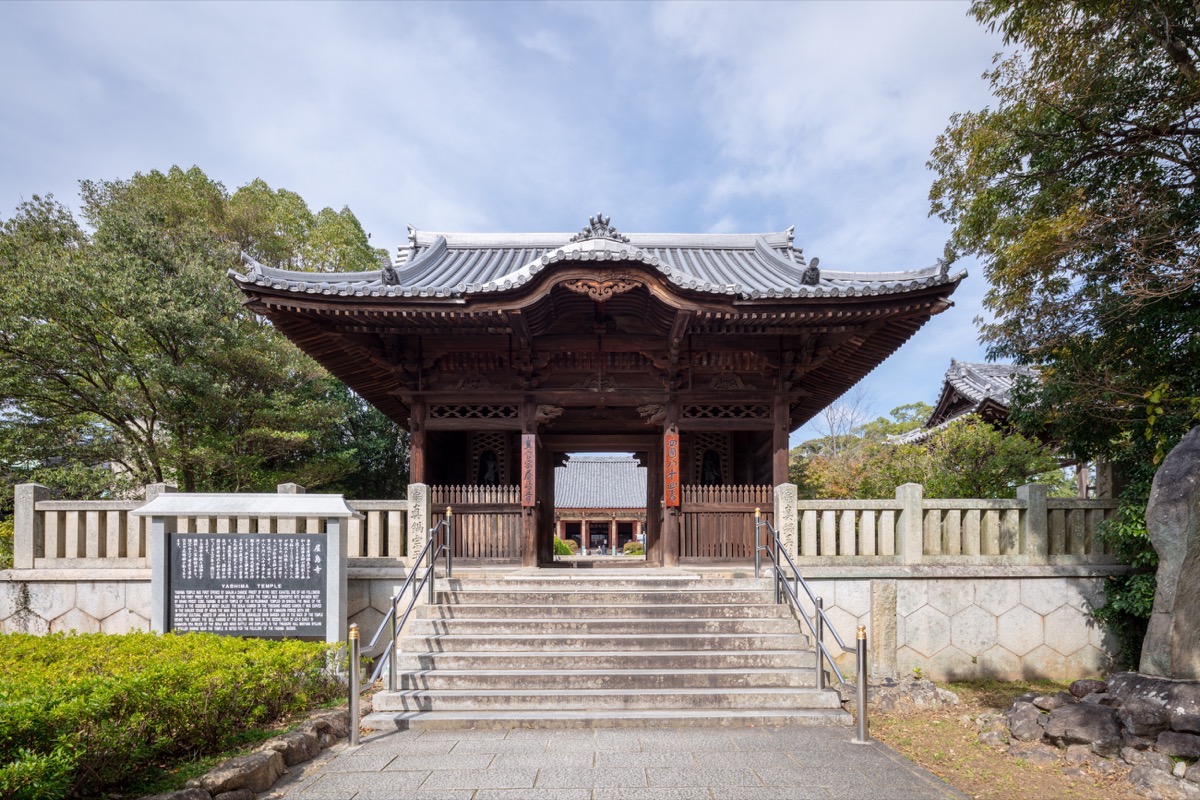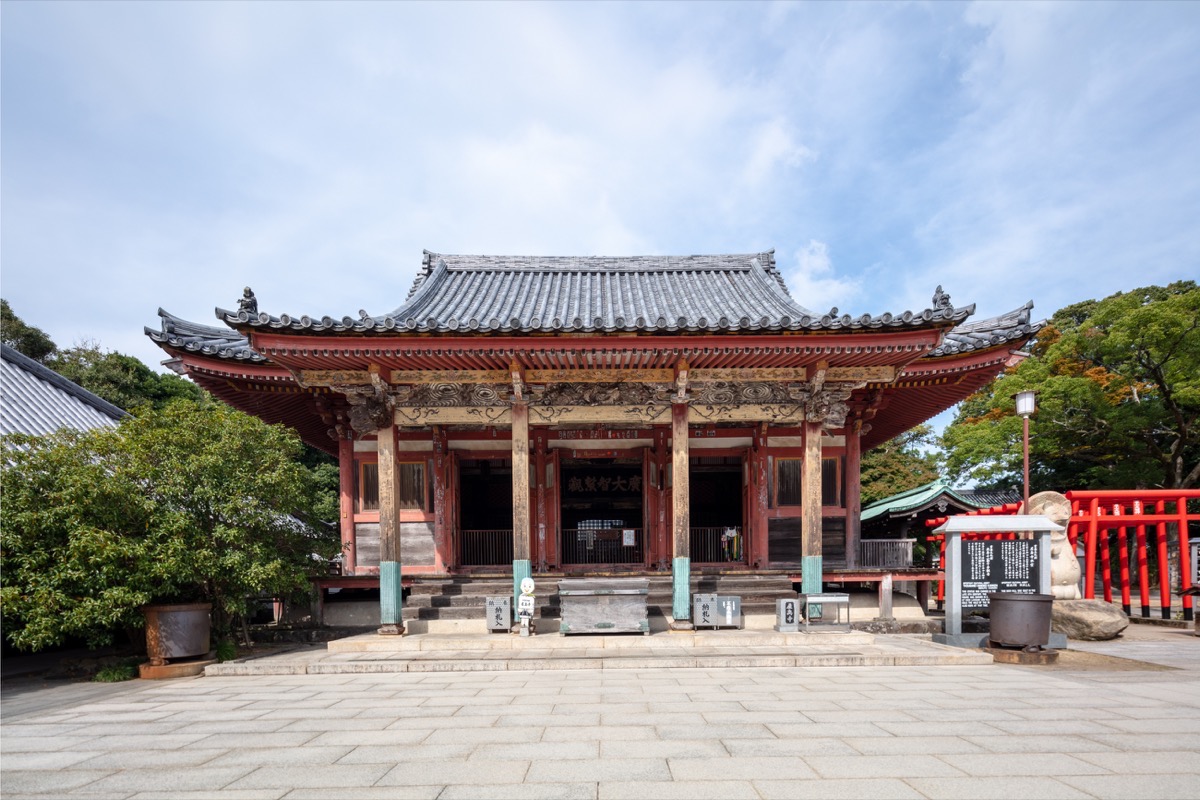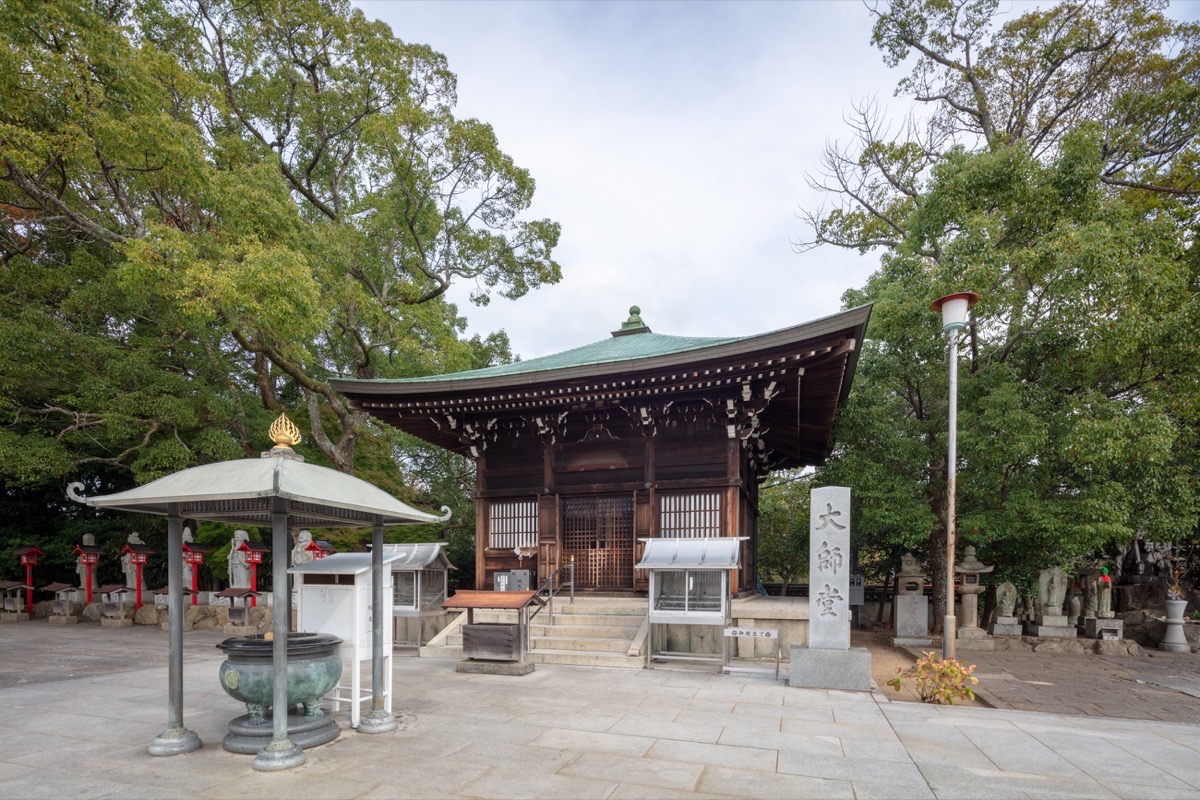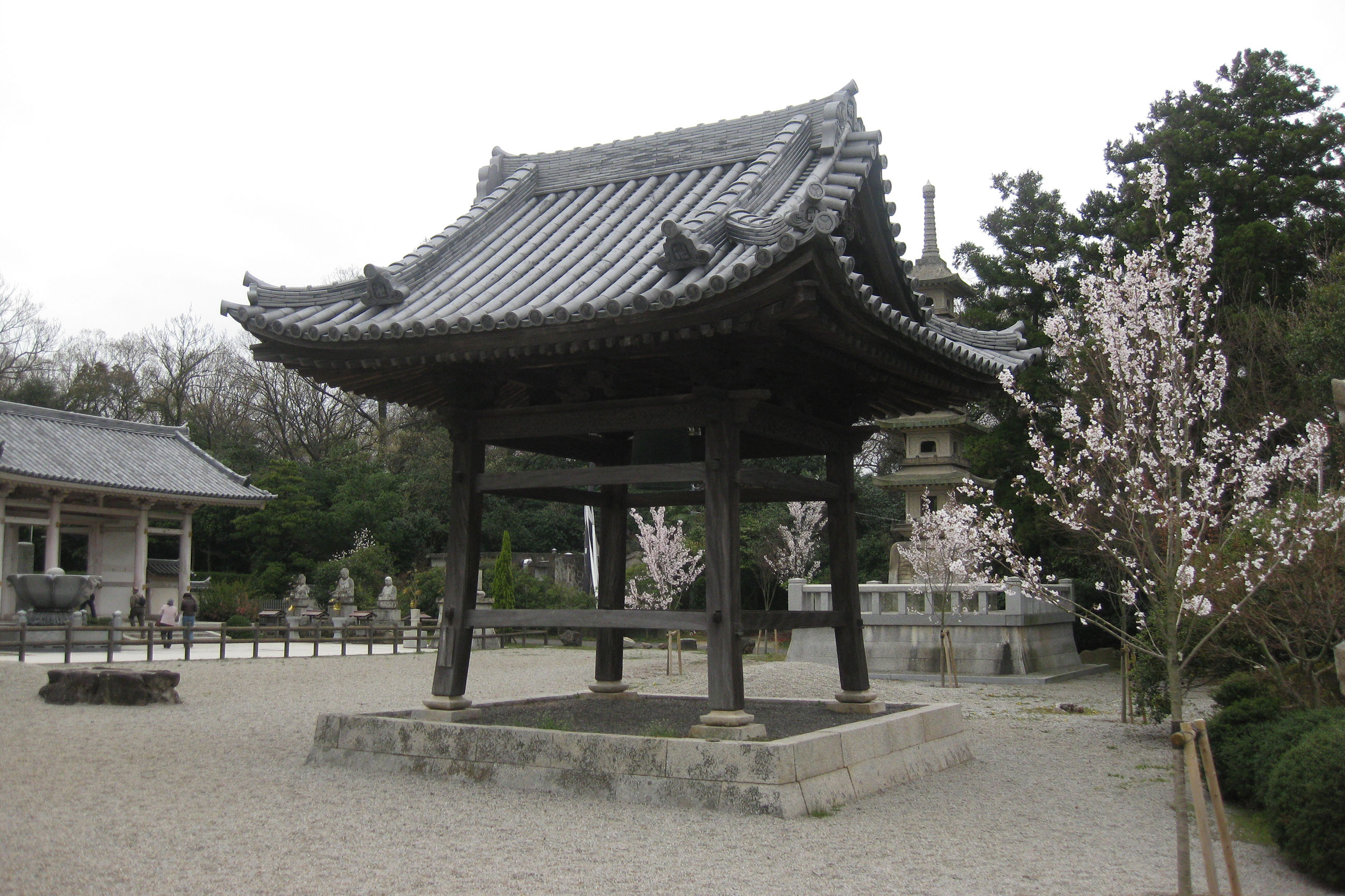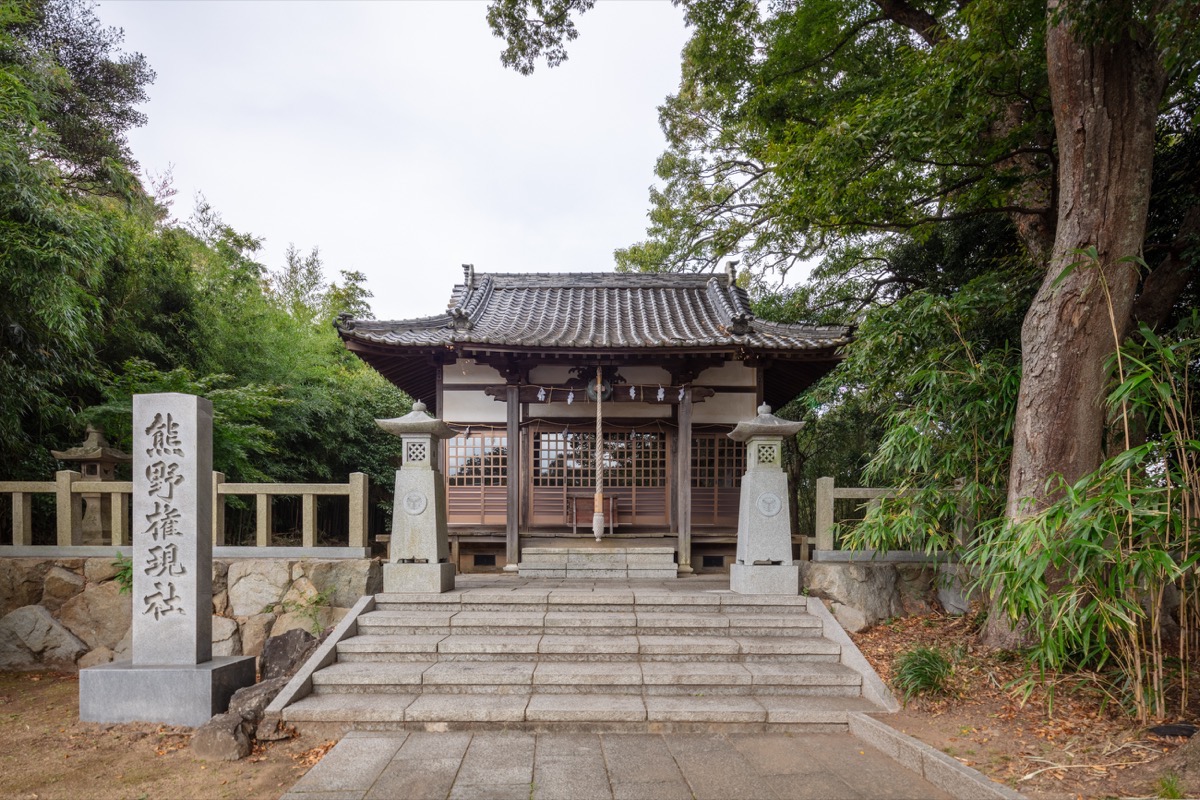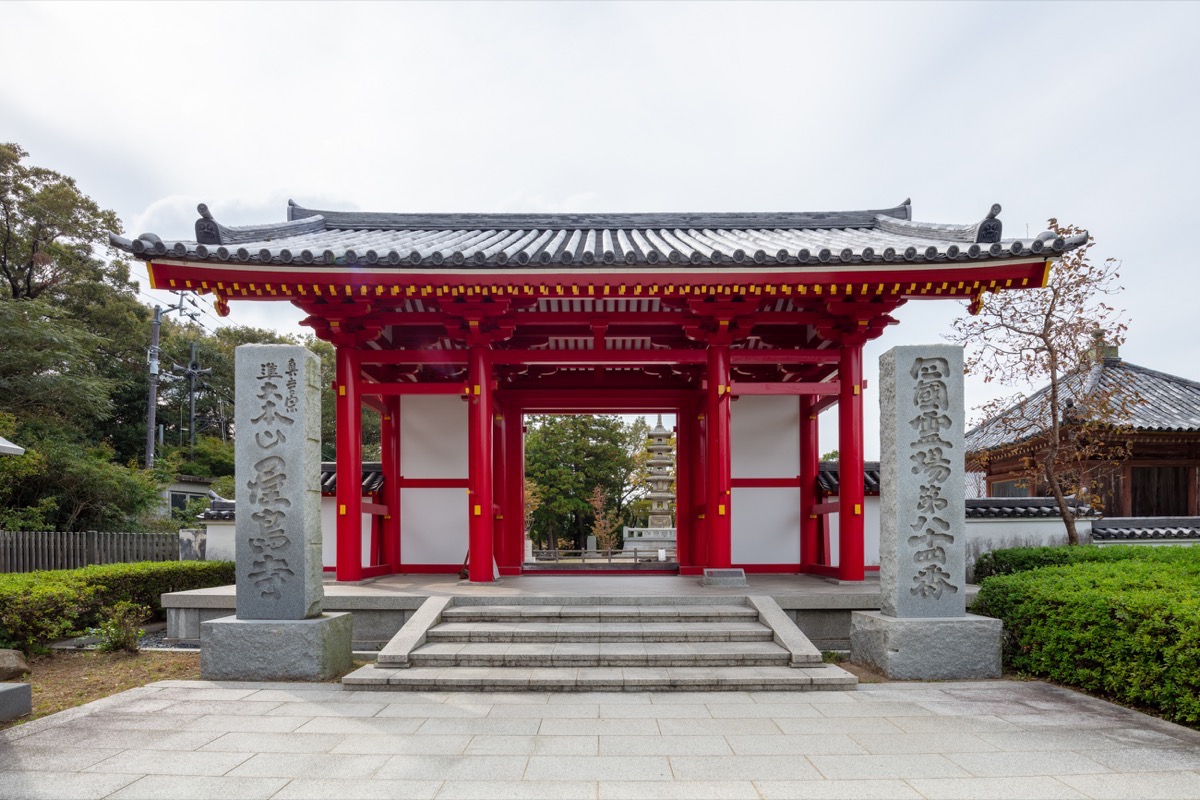Yashimaji TempleThe 84th Temple Yashimaji Temple
| District | Shikoku Henro pilgrimage | Period | ー |
|---|---|---|---|
| Set Content/Set Date | |||
| Owner | Yashimaji Temple | Location | 1808 Yashima-Higashimachi, Takamatsu, Kagawa |
Yashimaji Temple, the 84th sacred spot along the Shikoku Henro pilgrimage, is built on top of Mt. Yashima, which stands at 293 meters tall and is located in the northeast of Takamatsu City.
This area has been designated as a natural monument due to its unique terrain, featuring a flat summit surrounded by steep cliffs composed of hardened lava, forming a plateau shape. It is also designated as a national historic site, as it is home to the ruins of the ancient Yashima Castle, as well as Yashimaji Temple, said to be have been built by the monk Jianzhen from Tang Dynasty China. Furthermore, it has historical value for its role in the Genpei War (1180-1185).
The current Yashimaji Temple is located on the southern side of a hill on top of the mountain. However, according to writings documenting the origins and history of the temple, it was originally built on the northern side, when the monk Jianzhen visited Mt. Yashima on his way to Todaiji Temple in Nara Prefecture during the Tenpyoshoho period (749-757). At that time, Jianzhen also enshrined an image of Fugen Bosatsu (Samantabhadra) and dedicated scriptures at the temple.
In 815, Kobo Daishi (Kukai) visited Yashimaji Temple, and moved it from the northern side to the southern side of the hill, where it is currently located. He also created an Eleven-Faced Thousand-Armed Kannon, and enshrined it as the principal object of worship.
Yashimaji Temple also flourished during the Heian period (794-1185) as a sacred place of Mountain Buddhism, and it is around that time that the current Eleven-Faced Thousand-Armed Kannon, which is now a nationally important cultural property, was created.

